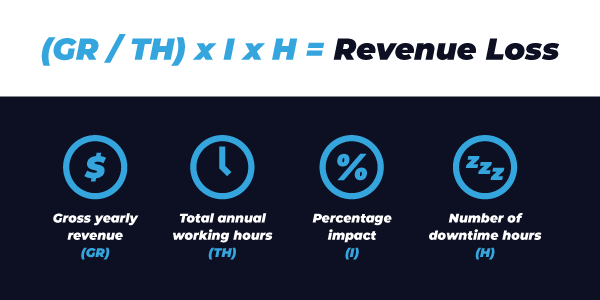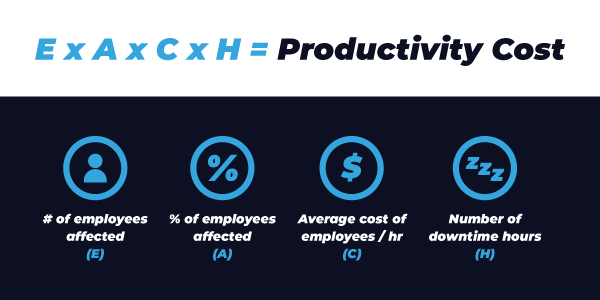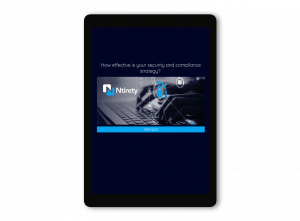Be prepared for the worst-case scenario
From startling headlines that have highlighted recent data breaches to the impending doom a single storm can spell for data centers, it becomes clearer every day that business continuity and disaster recovery are critical components to every IT strategy. While getting familiar with today’s modern IT threats, risks, and possible vulnerabilities within current systems is important, understanding downtime resulting from a disaster and its long-lasting repercussions—numbers unique to each individual business—is even more vital when designing an effective business continuity plan.
In order to determine the cost of downtime and its consequences due to an unexpected disaster, IT professionals first need to break down the overall elements that can contribute to it.
Where do the costs add up?
Time is money, so the saying goes, and the monetary impact of downtime impacts more areas than just the IT team including:
- Idle workers across departments still on the clock but cannot perform their job duties
- Physical damage to infrastructure, equipment or the building itself
- Lost revenue due to inoperable POS or delivery of products to market
- Hiring additional outside resources and specialists for data recovery
- Repair or replacement of technology components
- Reputation damage from vendors, clients and prospects
With the different elements to consider, it is little wonder that research by Gartner reports the average cost of IT downtime as $5,600 per minute. While that statistic may seem staggering—even unbelievable to some—finding the cost of downtime for an individual organization can be easily accomplished.
How to calculate the cost of downtime?
Calculating the unique cost of downtime can be done in terms of revenue loss and productivity cost. Both can be achieved (and reassessed over time) with clear formulas, using the information specific to the company.
To calculate revenue loss, gather the following information:
- Gross yearly revenue (GR)
- Total annual working hours (TH)
- Percentage impact (I)
- Number of downtime hours (H)
With the numbers identified, use this formula:
(GR/TH) x I x H = revenue loss

To calculate productivity cost, gather the following information:
- Number of employees affected (E)
- Percentage of employees affected (A)
- Average cost of employees per hour (C)
- Number of downtime hours (H)
With the numbers identified, use this formula:
E x A x C x H = productivity cost

Armed with real numbers, crafting the disaster recovery and business continuity plan to adequately prepare and protect an organization can become a priority supported throughout operations.
Control costs and continuity with a trusted IT partner
While the cost of downtime can be calculated with simple formulas, constructing worst-case scenario plans to minimize the impact of such costs is anything but simple. Engaging with experts to design recovery and business continuity plans not only ensures that every detail of an organizations IT systems has been accounted for, but also saves internal IT teams the time of being distracted by “what-ifs” instead of business goals. Ntirety Disaster Recovery (DR) Services help ensure mission-critical applications are safeguarded against malicious attacks, weather-related phenomenon, and other triggers for unexpected downtime. From platform management to continuous data protection and architecture design, Ntirety DR empowers enterprise companies to provide continuous service to customers and stakeholders with confidence.
 Assess Your Security Posture
Assess Your Security Posture
Due to limited time, resources, and expertise, prepping for disasters, avoiding security threats, and meeting ever-changing compliance regulations can be a huge source of pain for enterprise organizations. Take this quick interactive questionnaire to help determine if your strategy is broken.